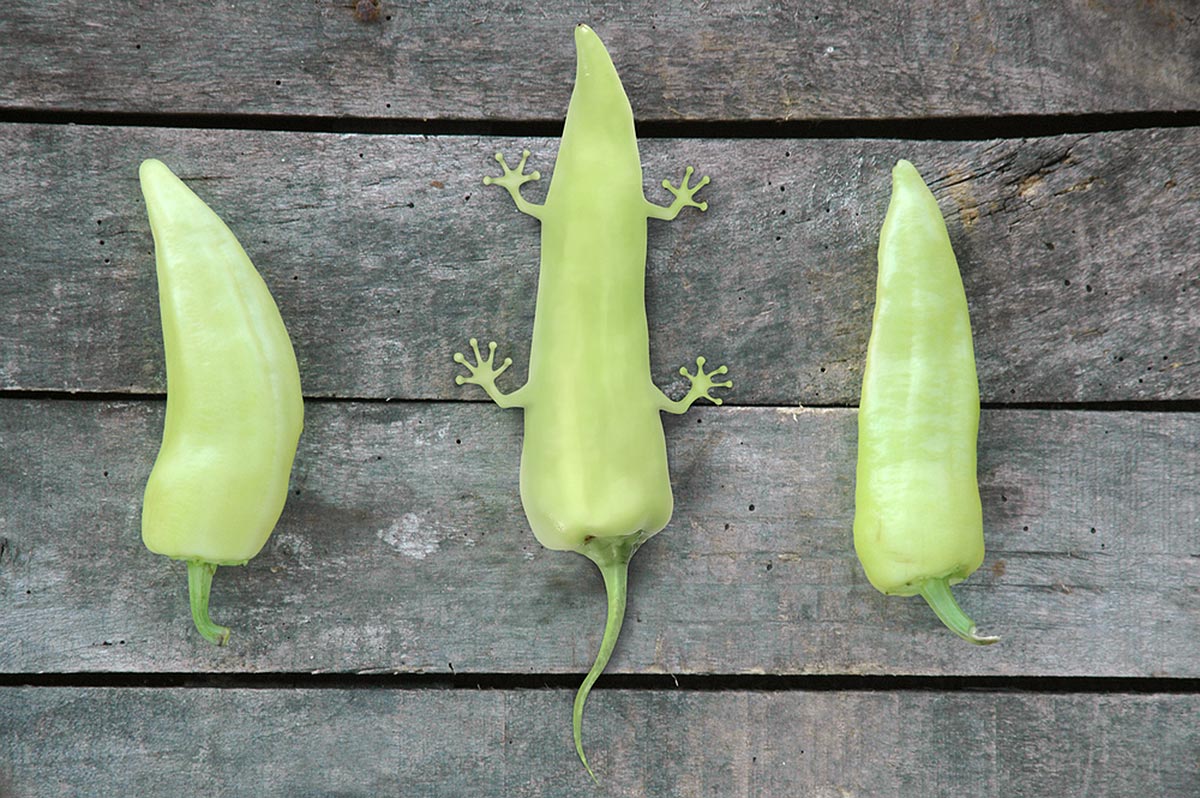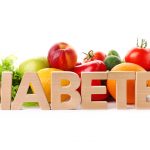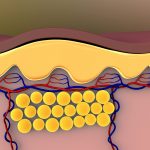
Harmful and useful products
Fiber is a type of complex carbohydrate that cannot be digested by the enzymes of the human stomach, but is beneficial for the intestines and the functions of the digestive system. Plants are the main fiber foods. It is most of all in the grains and stems of vegetables – in fact, it is coarse dietary fibers that make up their dense structure.
Basically, fiber-free foods are bad for your digestion and health. We all know that healthy foods are foods with fiber (vegetables and fruits), while foods without fiber are unhealthy mayonnaise, coca-cola, sugar, and other similar foods.
1. Margarine
For a long time, margarine was banned in the USA, Australia and other countries. For the most part, this is a rather dangerous product that increases blood cholesterol levels and disrupts the functioning of cell membranes due to the content of trans fats. In addition, it contributes to the development of vascular disease and impotence. Daily consumption of 40g of margarine increases the risk of heart attack by 50%. Moreover, it is no secret that margarine is a product of oil refining.
2. Fruit ice
Fruit ice is a mixture of fructose syrup, flavors, colors, flavors, stabilizers and preservatives. There is no benefit from such a composition, but there is a danger – the accumulation of a large amount of food additives in the body affects metabolism and has a carcinogenic effect. The only advantages of such desserts are the minimum of calories (less than 100 kcal) and a wonderful refreshing effect during a hot walk.
3. Breakfast cereals
Recipes for making flakes and pillows involve processing small cereals, which ultimately turn into flour and 100% fast carbohydrates. And, for example, to make corn flakes, cereals are boiled in sugar syrup for several hours, then flattened and fried at a high temperature, and then poured with caramel. In terms of calorie content, they are almost equal to a chocolate bar or a piece of cake (400 Kcal / 100 g.).
4. Chicken krill
Grilled chicken recipe: we take a windy chicken breast that was not sold in the store, soak it for several hours in a bucket of spices and flavor enhancers, put it on a dirty wire rack and fry for several hours. As a result, this product will collect all the most harmful that is possible – here you will find carcinogens, and monosodium glutamate, and, quite possibly, a whole colony of pathogenic bacteria.
5. Ice cream
Most modern ice creams are made from powdered or reconstituted milk, sugar, palm oil, flavors and colors. The most harmful components are vegetable fats of unknown origin and huge doses of sugar. It is fundamentally wrong to consider ice cream a dairy product, and to think that the benefits of milk extend to it. In fact, there is nothing in common.
6. Chocolate
First, white chocolate does not contain any chocolate at all – it contains pure fat and sugar. Secondly, most chocolate products are called “chocolate bars”, which should also raise suspicion – such products contain a minimum of cocoa powder and a maximum of sugar and low-quality (but cheap) vegetable fats. When it comes to the benefits of chocolate, they still mean a natural product.
7. Sweet yoghurts
Yoghurts are made up of starch, soy or other vegetable protein, reconstituted milk, dyes, sugar, and the harmful glucose-fructose syrup. All that we consider to be pieces of fruit are the extracts left over from jellies, marmalades, juices. Fruit and berry scents mimic added molds. Yoghurts are considered dairy products, but milk and cream are only present in advertisements.
8. Seeds
Sunflower seeds can easily be called one of the most harmful foods. In addition to the fact that they are high in calories and promote fullness, disrupt normal digestion, a huge amount of microbes and carcinogens enter the body with them. The content of healthy vegetable fats in them is minimal, but the maximum content of cheap industrial fats on which they were fried. Chia seeds are much healthier.
9. Gum
Chewing gum is a product that is slightly less than all of nutritional supplements. It is very dangerous for human life and health if consumed regularly “after meals” (as the advertisement teaches us). It contains more than 10 additives with an E index – these are sweeteners, stabilizers, food colors, and many others. Chewing gum is especially harmful when used on an empty stomach.
10. Sushi
Firstly, tuna sashimi is truly a dietary dish, which cannot be said about California rolls or Tempura rolls. Secondly, the harm of sushi may lie in the fact that parasites can enter the human body from unprocessed seafood. Even if the fish is dried, dried or smoked, it will not help to get rid of the same worm. Therefore, when ordering sushi, think about whether it is worth doing.
11. Kirieshki
The most “useful” ingredient in croutons like “Kirieshki” or “Three crusts” is bread. The rest of the composition can scare even a seasoned food technologist – preservatives and stabilizers, dyes, flavor enhancers and flavorings, vegetable oils and fats. Such a product is not only harmful, it is frankly hazardous to health, and can cause serious diseases.
12. Cheese
The processed cheese contains cheese of not the best quality – one that has already rotted, lost its marketable form, is unripe or has deteriorated in some other way. It is melted down (by the way, all the benefits are lost), flavors, preservatives, animal fats and other chemical ingredients are added to it, then all this is poured into a jar and put on the supermarket shelf.
13. Sports drinks
Sports isotonics are positioned as “sports”, but, in fact, they can hardly be called such. Look at the composition on the label – aren’t you surprised by the calorie and sugar content? One bottle of this water will negate the loss of calories from an hour of running or swimming. These drinks include bottled tea, which is extremely high in sugar and calories.
14. Chips
Naturalness of potatoes and the absence of pesticides during their cultivation is, of course, expensive and good, but chips from this do not become less high-calorie. The stomach will not be happy with this – for him this food is “heavy” and difficult to digest. In addition, any chips contain a lot of salt and fat – this is required by the cooking process. Organic chips are no different than regular chips, but Himalayan salt is healthier.
15. Curd
Curd mass with raisins is an extremely high-calorie and harmful product. Firstly, it contains a lot of sugar (or even glucose-fructose syrup), and secondly, there is no guarantee that this is real cottage cheese. Look at the labeling of the products, often even an ordinary-looking curd is called a “curd product”, which means that 50% of the curd contains 50% of vegetable fats and inclusions imitating curd.
16. Muesli
Everything that can be said about the dangers of breakfast cereals is easily transferred to various muesli and pressed bars. The benefits of such products are only in our head – even a manufacturer rarely dares to say that such products are something other than a dessert or a delicacy. The high content of sugar, caramel and flavorings make them tasty, but there is no benefit.
17. Olive oil
If scientists say olive oil is good for the heart, this does not mean that it should be added to all meals or drunk in glasses. Do not forget that, like any oil, it contains almost 900 kcal per 100 g, and is easily deposited in fat. It is also important that you can cook in olive oil , although the beneficial properties evaporate when heated to 140-150 degrees, no harm is formed.
18. Juices
When talking about the benefits of juices, they mean natural freshly squeezed juices, and not what is sold in our stores. Did you know that the phrase “recommended for baby food” means that the juice is diluted with water, and the child’s body will be able to assimilate it, because children under three years old cannot digest natural juices? Not to mention the high content of sugar and sweeteners in packaged juices.
19. Sausages
Sausages are a true masterpiece of food production. Even the most expensive and “elite” varieties contain, in addition to meat, many ingredients – preservatives for long storage, thickeners for shaping, dyes and flavor enhancers to remind you of meat. Nitrates, nitrites, phosphates, cochineal, carrageenan – all this makes sausages and sausages so aromatic, tasty and attractive in appearance.
20. Mayonnaise
Do not let yourself be fooled – different varieties of mayonnaise such as “Olive”, “Light” and others are no different from the usual. They include vegetable and animal fats, egg powder, thickeners and preservatives, and sometimes carcinogenic trans fats . One of the main dangers of mayonnaise is its extreme calorie content, which allows it to easily pass into subcutaneous fat.



